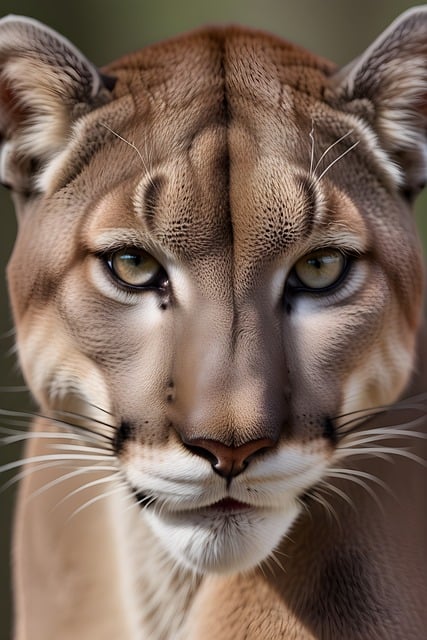From the groundbreaking work of pioneer graphic designers to the modern-day digital revolution, the world of graphic design has seen a remarkable evolution over the years. As technology continues to push the boundaries of creativity, graphic designers have more tools and techniques at their disposal than ever before. In this article, we will delve into the history of graphic design, explore the essential tools and techniques every designer should know, and provide tips for mastering the art of visual communication. Whether you're a seasoned professional or just starting out, there's something for everyone in the dynamic world of graphic design.
- 1. The Evolution of Graphic Design: A Historical Overview
- 2. Essential Tools and Techniques for Graphic Designers
- 3. Mastering the Art of Visual Communication: Tips for Effective Graphic Design
1. The Evolution of Graphic Design: A Historical Overview

Graphic design has a rich history that spans centuries, evolving alongside advancements in technology, art movements, and cultural shifts. The roots of graphic design can be traced back to the ancient civilizations of Egypt, Greece, and Rome, where intricate illustrations and typography were used in manuscripts and inscriptions. Over time, the invention of the printing press in the 15th century revolutionized the way information was disseminated, leading to the rise of printed materials such as posters, books, and newspapers.
The industrial revolution of the 19th century brought about another major shift in graphic design, with the emergence of mass production techniques and the use of photography and typography in advertising. The early 20th century saw the birth of modernism, a design movement that emphasized simplicity, functionality, and clarity. Graphic designers such as Bauhaus members Herbert Bayer and László Moholy-Nagy embraced these principles and pioneered the use of asymmetrical layouts, sans-serif typefaces, and bold colors.
The mid-20th century witnessed the advent of computer technology, which revolutionized the field of graphic design. Designers now had access to digital tools such as Adobe Photoshop and Illustrator, allowing for greater creativity and efficiency in their work. The rise of the internet in the 1990s further transformed graphic design, with the proliferation of websites, mobile apps, and social media platforms requiring designers to adapt their skills to the digital realm.
Today, graphic design continues to evolve rapidly, with new technologies such as virtual reality, augmented reality, and artificial intelligence shaping the future of the industry. While the tools and techniques may change, the core principles of graphic design remain the same: effective communication, visual hierarchy, and aesthetic appeal. As we look back at the evolution of graphic design, we can appreciate the creativity and innovation that have defined this dynamic field.
2. Essential Tools and Techniques for Graphic Designers

Graphic designers rely on a variety of tools and techniques to bring their creative visions to life. Some essential tools for graphic designers include graphic design software such as Adobe Creative Suite, which includes programs like Photoshop, Illustrator, and InDesign. These programs allow designers to create and manipulate images, vectors, and layouts with precision and ease.
In addition to software, graphic designers also use physical tools like drawing tablets, pens, and pencils to sketch out ideas and create digital illustrations. These tools help designers bring a personal touch to their work and allow for more organic and fluid design elements.
Techniques are also crucial for graphic designers, as they help organize and structure design projects efficiently. Some common techniques include grid systems, which help designers align and arrange elements on a page, and typography principles, which guide designers in choosing and pairing fonts effectively.
Overall, having a strong understanding of essential tools and techniques is vital for graphic designers to create visually appealing and impactful designs. By mastering these tools and techniques, designers can bring their creativity to life and produce professional and engaging work for clients and audiences.
3. Mastering the Art of Visual Communication: Tips for Effective Graphic Design

Graphic design is all about visual communication, and mastering this art is crucial for creating effective designs. Here are some tips to help you become a master of visual communication in graphic design:
1. Understand the principles of design: Before you start creating any design, it's important to have a solid understanding of the basic principles of design, such as balance, alignment, contrast, and hierarchy. These principles will guide you in creating designs that are visually pleasing and easy to understand.
2. Use colors strategically: Color plays a key role in graphic design, as it can evoke emotions and convey messages. Make sure to choose colors that complement each other and align with the overall message of your design. Use color theory to guide your color choices and create designs that are visually appealing.
3. Pay attention to typography: Typography is another important aspect of visual communication in graphic design. Choose fonts that are easy to read and align with the overall style of your design. Pay attention to factors such as font size, spacing, and hierarchy to ensure that your text is clear and legible.
4. Simplify your designs: In graphic design, less is often more. Avoid cluttering your designs with unnecessary elements and strive for simplicity. By simplifying your designs, you can make them more impactful and easier to understand for your audience.
5. Test your designs: Before finalizing any design, it's important to test it to ensure that it effectively communicates the intended message. Show your designs to others and gather feedback to identify any areas that may need improvement. By testing your designs, you can fine-tune them to be more effective and engaging.
By following these tips and mastering the art of visual communication, you can create designs that are not only visually appealing but also effectively convey your message to your audience.























